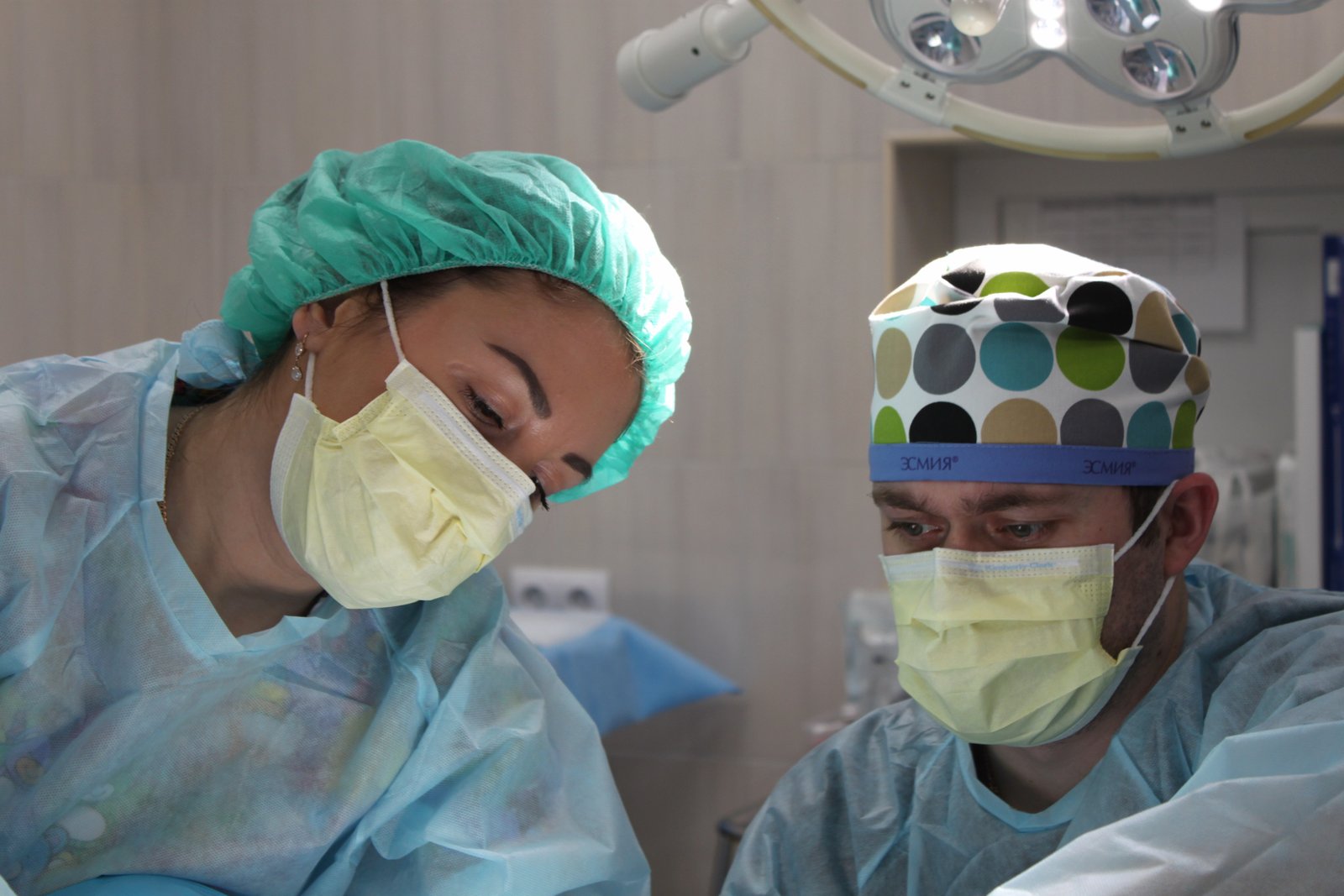
Spinal surgery is a complex procedure requiring a high level of expertise from the surgeon and the patient. From the moment of diagnosis to the long road to recovery, spinal surgery can be a challenging journey filled with ups and downs. However, with the right information, resources, and support, patients can navigate this challenging time with confidence and hope. In this comprehensive overview, we will delve into spinal surgery, exploring the different types of procedures, the risks and benefits, and the latest advances in technology and techniques. Whether you are a patient facing spinal surgery or a healthcare professional seeking to expand your knowledge, this guide will provide the insights and tools you need to make informed decisions and achieve the best possible outcomes. So, let’s get started and discover the world of spinal surgery together!
Common spinal conditions that require surgery
Spinal surgery is used to treat a range of conditions that affect the spine. Common conditions include herniated discs, spinal stenosis, degenerative disc disease, and scoliosis. Herniated discs occur when the soft tissue between the spinal vertebrae ruptures, causing nerve pressure. Spinal stenosis is a condition in which the spinal canal narrows, compressing the spinal cord and nerves. Degenerative disc disease is a condition in which the discs between the spinal vertebrae break down, causing pain and loss of mobility. Scoliosis is a condition in which the spine curves to the side, causing pain and discomfort.
Preparing for spinal surgery
Before undergoing spinal surgery, patients will need to undergo a thorough medical evaluation. This evaluation may include imaging tests, such as X-rays, MRI scans, and blood tests to check for any underlying medical conditions. Patients will also need to stop smoking and avoid certain medications that can increase the risk of bleeding during surgery. Following the surgeon’s instructions carefully is essential to ensure the best possible outcome.
Patients should also prepare themselves mentally and emotionally for the procedure. Spinal surgery can be a challenging and emotional journey, and it is essential to have a strong support system in place. Patients should talk to their loved ones about their fears and concerns and seek professional counseling.
Types of spinal surgery
There are several types of spinal surgery, each with its own benefits and risks. The most common types of spinal surgery include laminectomy, discectomy, spinal fusion, and artificial disc replacement.
Laminectomy is a procedure that involves removing a small part of the vertebrae to relieve pressure on the spinal cord and nerves. Discectomy involves removing a portion of the herniated disc to relieve pressure on the nerves. Spinal fusion involves fusing two or more vertebrae to stabilize the spine. Artificial disc replacement involves replacing a damaged disc with an artificial one.
Risks and complications of spinal surgery
As with any surgical procedure, spinal surgery comes with its own set of risks and complications. These risks include infection, bleeding, nerve damage, and anesthesia complications. Patients may also experience pain and discomfort during the recovery period, and there is a risk of complications related to the surgical site, such as spinal fluid leaks or blood clots.
Discussing these risks with your surgeon before the procedure is essential to understand the potential complications and make an informed decision fully.
Recovery from spinal surgery
Recovery from spinal surgery can be a long and challenging process. Patients must rest and avoid strenuous activity for several weeks or months after the procedure. They may also need a back brace or other assistive devices to support the spine. Patients must attend follow-up appointments with their surgeons to monitor their recovery and ensure no complications.
Rehabilitation and physical therapy after spinal surgery
Physical therapy is an essential part of the recovery process after spinal surgery. Patients must work with a physical therapist to rebuild their strength and mobility. This may include exercises to improve range of motion, strength training, and cardiovascular exercise. Physical therapy can help patients regain their independence and return to normal activities quickly.
Success rates of spinal surgery
The success rates of spinal surgery vary depending on the type of surgery and the patient’s individual circumstances. In general, spinal surgery has a high success rate, with many patients experiencing significant improvement in their symptoms. However, having realistic expectations and understanding that the recovery process can be challenging is essential.
Alternative treatments for spinal conditions
In some cases, alternative treatments may be effective in treating spinal conditions. These treatments can include chiropractic care, acupuncture, and massage therapy. However, discussing these treatments with your doctor before trying them is essential, as they may not be appropriate for all patients.
Frequently Asked Questions
When is spine surgery recommended?
Spine surgery is typically recommended when non-surgical treatments like medication and physical therapy have not helped, when the condition is worsening, or when the surgery can prevent further damage or complications.
What are the different types of spine surgery?
There are many types of spine surgery, including discectomy, laminectomy, spinal fusion, disc replacement, and more. The type of surgery recommended will depend on the specific condition and overall health of the patient.
How painful is spine surgery?
As with any surgical procedure, pain and discomfort post-surgery can occur. However, pain can often be managed effectively with medications. The pain level varies greatly from person to person and depends on the specific type of surgery.
What is the recovery time after spine surgery?
Recovery time can vary widely depending on the type of surgery, the patient's general health, and the complexity of the operation. Recovery can range from a few weeks to a few months.
What are the risks and complications of spine surgery?
As with any surgery, spine surgery has potential risks and complications, including infection, bleeding, pain, nerve damage, and complications from anesthesia. It is essential to discuss these risks with your surgeon prior to the operation.
Can I return to normal activities after spine surgery?
Yes, most people are able to return to normal activities after spine surgery. However, the timeline and extent to which you can resume activities depend on the type of surgery, your overall health, and the speed of your recovery.
How can I ensure the best recovery after spine surgery?
Follow all post-operative instructions from your surgeon, attend all follow-up appointments, and participate in recommended physical therapy. Maintain a healthy diet, stay hydrated, and rest adequately to promote healing.
Are there alternatives to spine surgery?
Many spinal conditions can be treated with non-surgical methods such as physical therapy, medication, and injections. However, surgery may be required in severe cases or when other treatments have not provided relief.
Conclusion
Spinal surgery is a complex procedure that requires a high level of expertise and care. From the moment of diagnosis to the long road to recovery, spinal surgery can be a challenging journey filled with ups and downs. However, with the right information, resources, and support, patients can navigate this challenging time with confidence and hope. Patients can make informed decisions and achieve the best possible outcomes by understanding the different types of procedures, risks and benefits, and the latest advances in technology and techniques.



